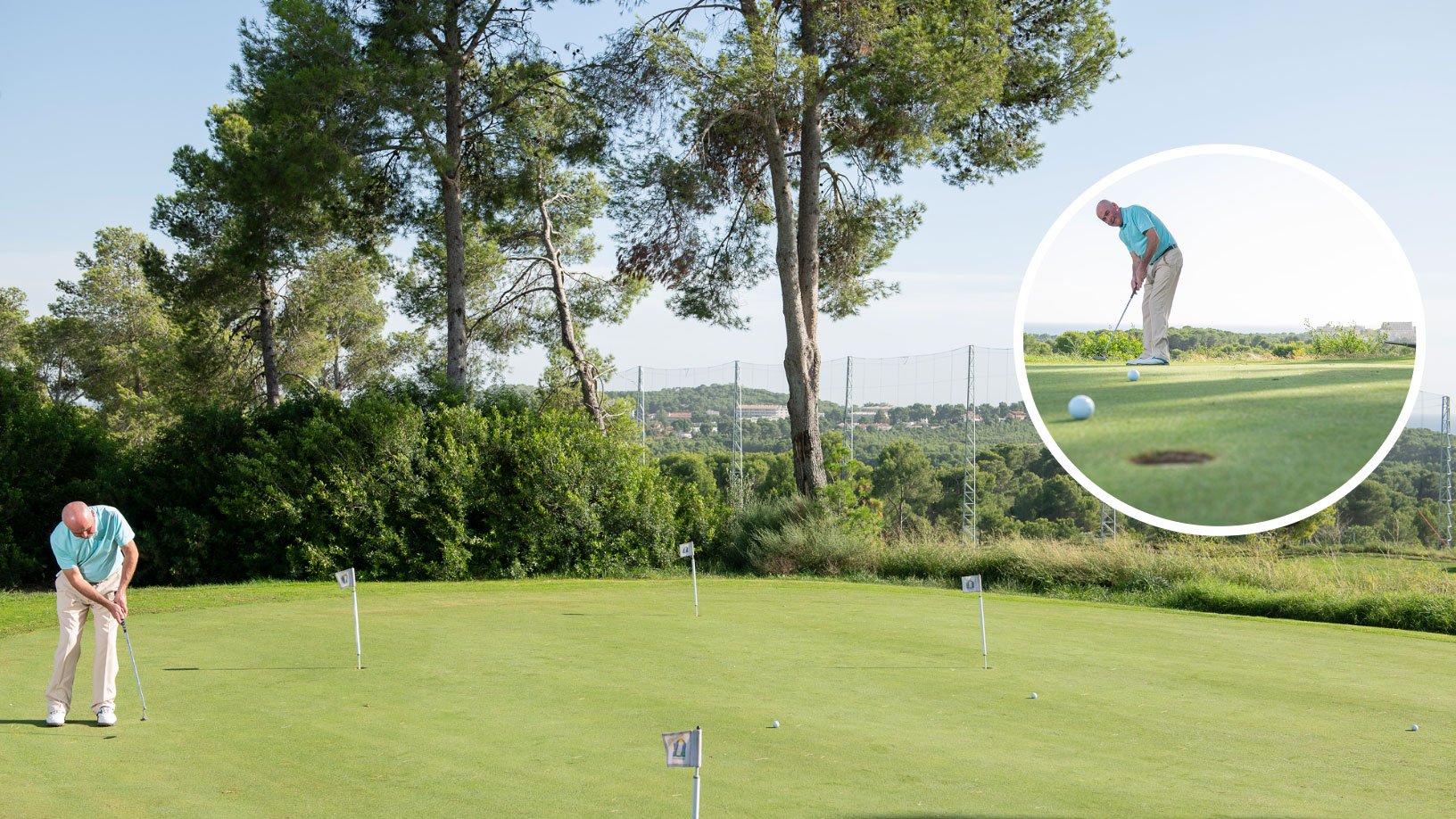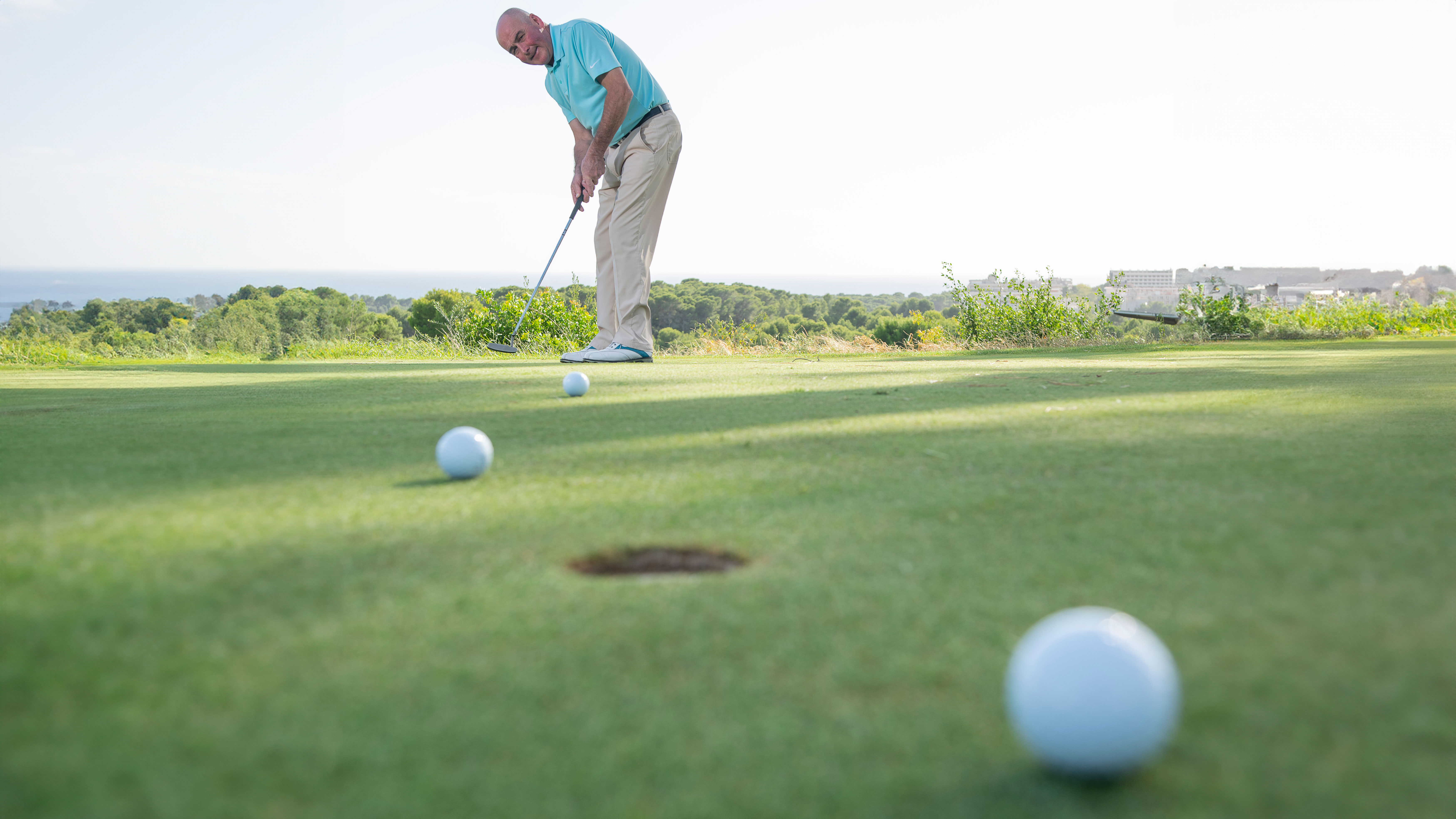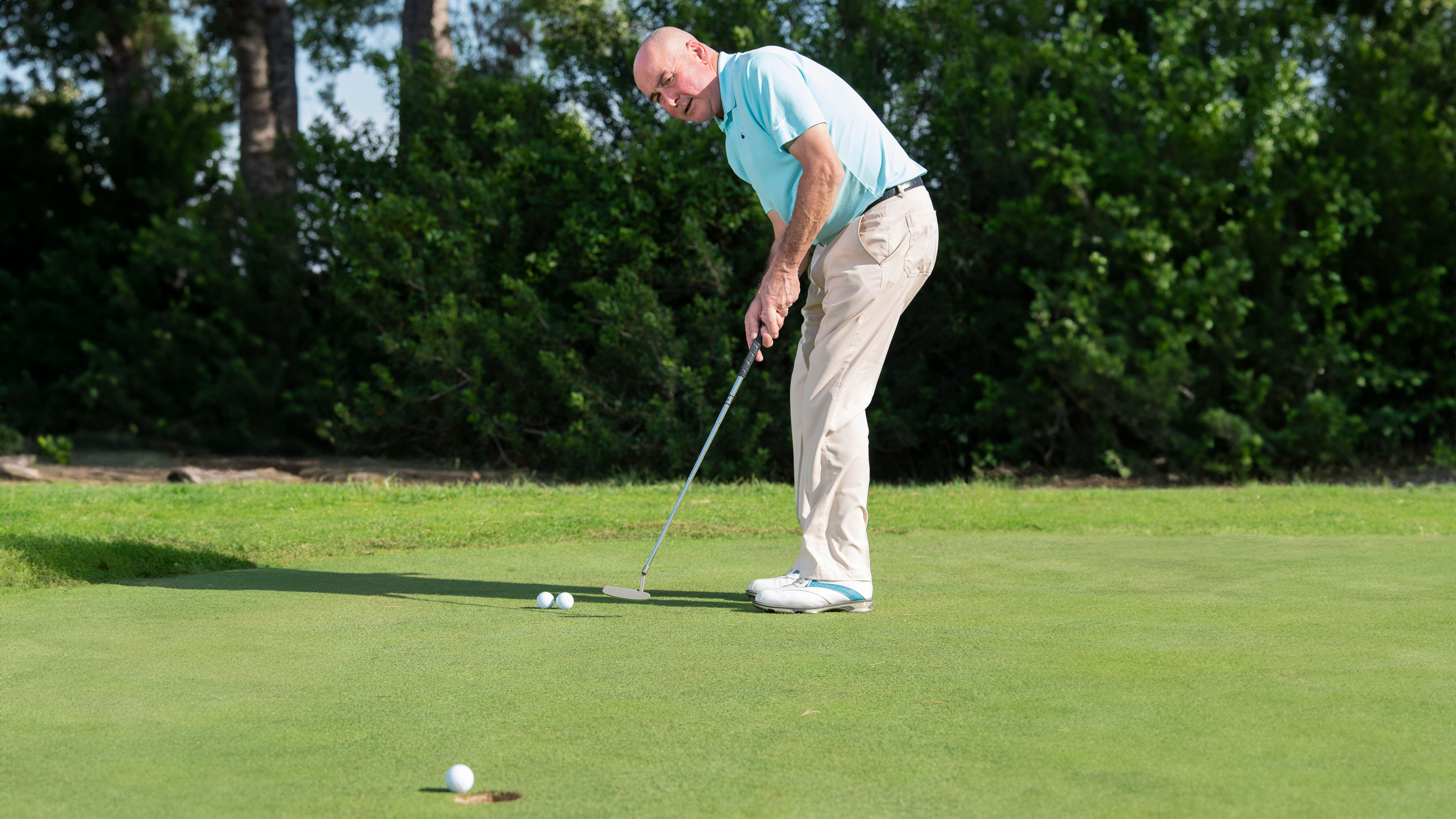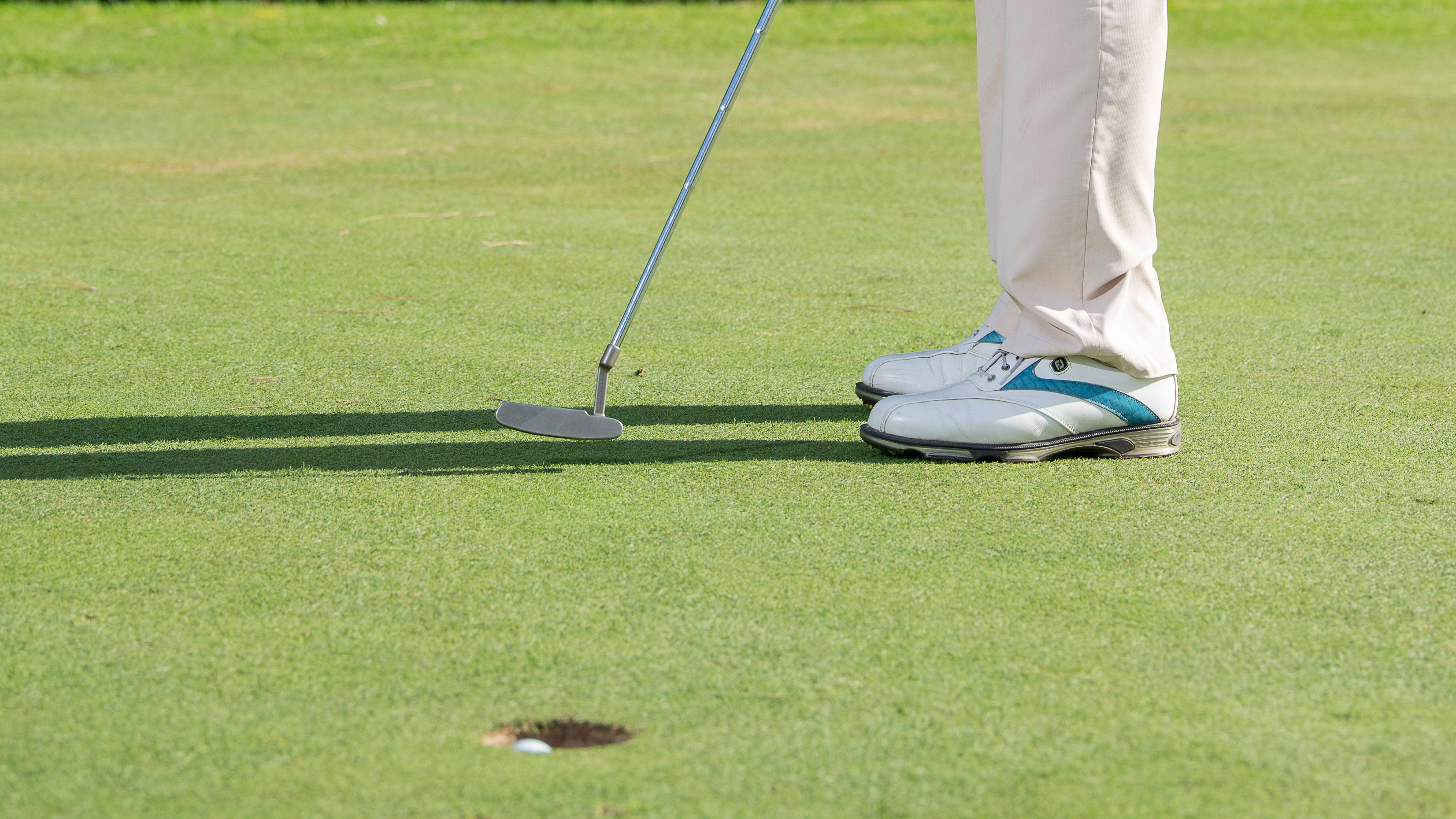
A lot of recreational golfers don't have a huge amount of time to practice before playing a competitive, or social, round of golf. However, if you can allow just 10-15 minutes before your tee time to hit a few putts, you'll give yourself an big advantage on the golf course.
In this article, PGA Professional Keith Williams offers a few helpful putting tips and drills to work on prior to play. Build these into your pre round routine and you'll get your line and putting pace spot on from the off.
PRE ROUND PUTTING ROUTINE
1. Finding the pace
Speed is everything – just watch the pros. It’s important to know how to read the break and be able to start your putt on the correct line, but without the ball rolling the correct speed, it’s unlikely to go in.
I’d encourage you to start by developing your feel for pace. Don’t focus on holing the ball straight away; simply hit a few putts of varying range across the putting surface. Don’t get bogged down by the exact distance, but mix it up so you’re hitting some mid- to long-range putts.
At this point, you’re just trying to get a feel for your stroke – almost playing a psychological game: how is my technique? How is the ball rolling? How fast are the greens?
By getting an idea of the speed, you’re going to be in much better shape by the time you strike your first ‘meaningful’ putt. If you do want an added challenge, try putting ‘fringe to fringe’, stopping a few balls as close as possible to one another.

2. Head to the slopes
Once you have a better understanding of the pace of the greens, introduce a few more variations to your putting practice. Specifically, identify part of the green where you get can more of a feel for the slopes and breaks. Vary the slopes so you can hit a few putts from the flat, as well as uphill and downhill ones.

3. Green-reading boost
In a similar way to point two, find a spot where you can practice some putts with both left-to-right and right-to-left breaks. When you’re out on the course you obviously can’t guarantee how many putts of different breaks you’ll face, so by taking a few minutes to hole breaking putts, you’ll develop your reading of the green and head out in much better shape for whatever you’re faced with.
Remember, your golf ball will break more on faster greens, especially as it slows down nearer the hole. It’s also a good idea to get used to watching the ball run past the hole. That way, if it doesn’t drop, you get a free read coming back. Try not to look away in frustration and forego this clue, as amateurs tend to do!

4. Confidence builder
I see so many amateurs solely practicing holing out, more often than not because they arrive for their tee time in a hurry and feel it’s the best way to warm-up above anything else.
This routine needn’t take longer than 10-15 minutes in order to avoid feeling like a practice session. It should end with some simple holing out from close range to help give you a confidence boost as you’re seeing and hearing the ball drop in the cup. By this point you should have a feel for your own stroke, as well as the speed of the greens.

FAQS
What can I use to practice putting?
There are numerous putting training aids on the market. The best putting mats allow you to work on putting in the comfort of your own home. Putting mats help with your alignment, as well as providing surfaces that replicate the speed of real greens so you can improve the pace and direction of your putts.
How do I stop three-putting?
An effective practice stroke is critical to long-range putting success, for it helps your brain to work out the equations it needs to judge distance control. For long putts, experiment with looking at the hole as opposed to the ground when taking your practice stroke. This will help you to get a feel for how far to take the putter back and through in order to knock the ball close to the hole.







